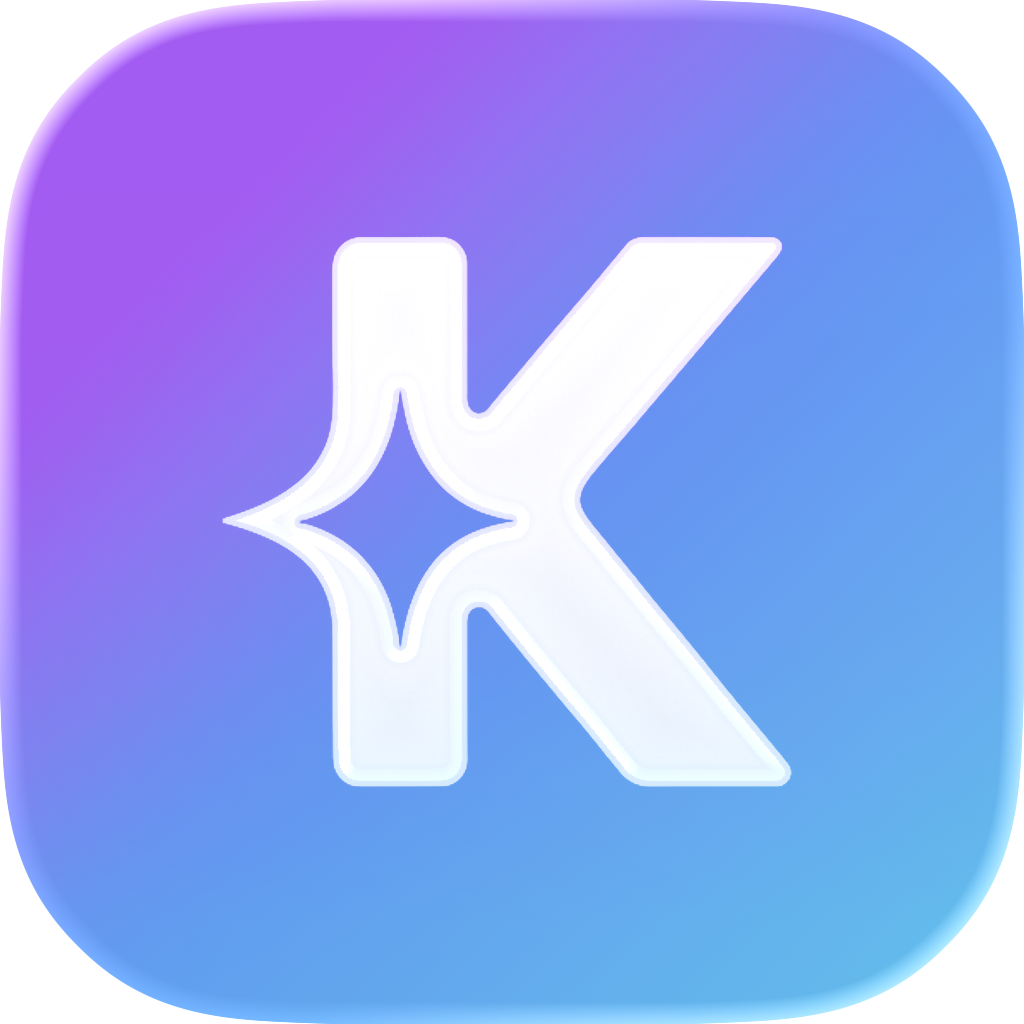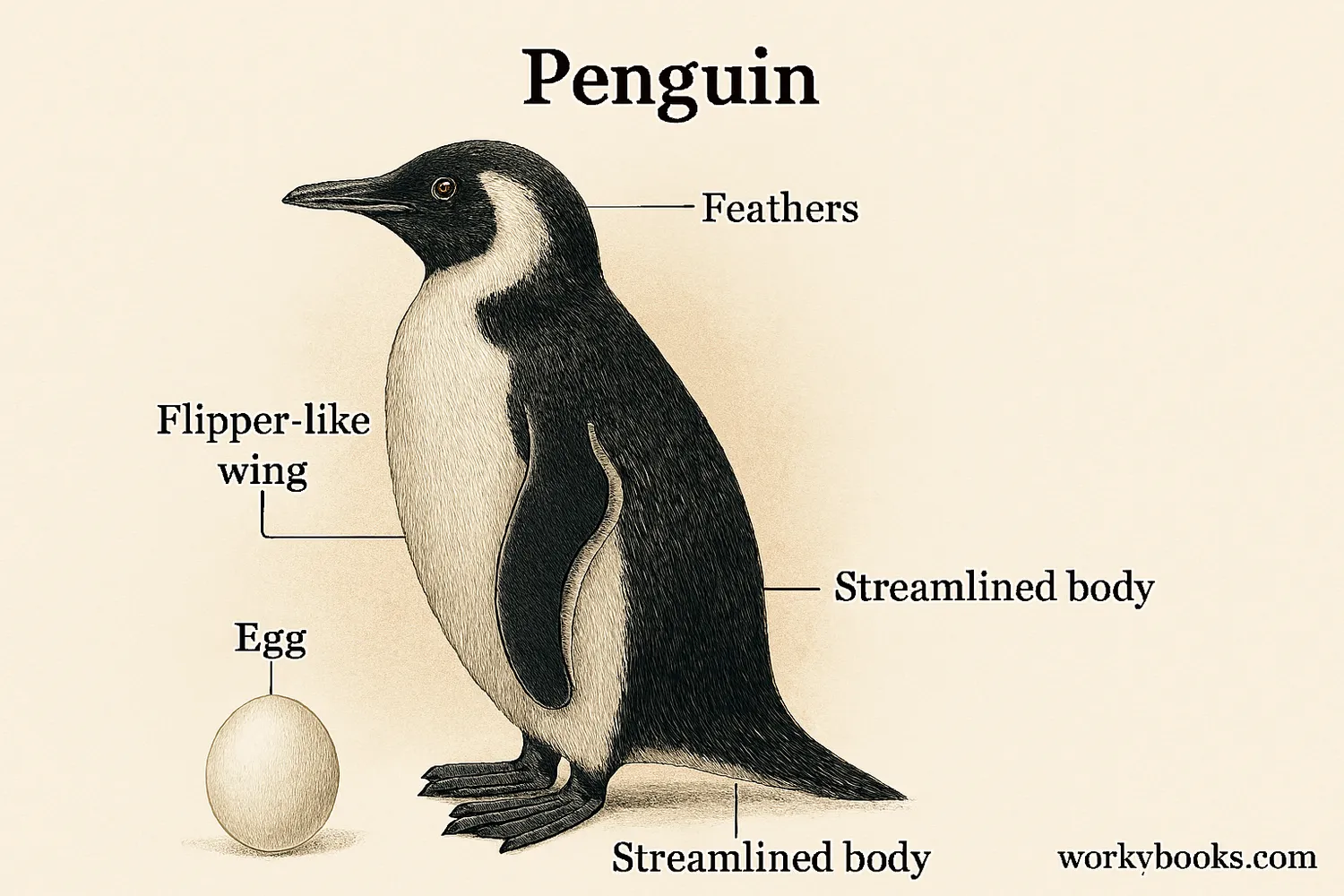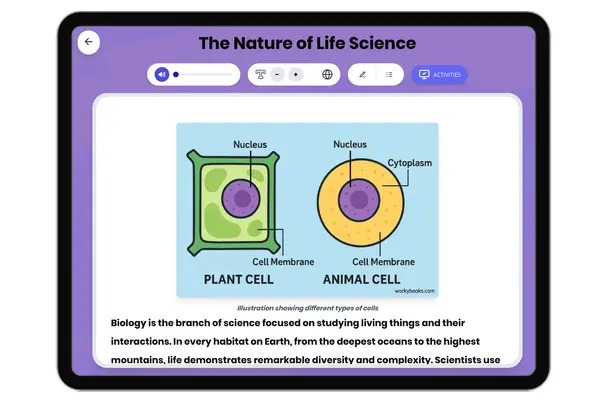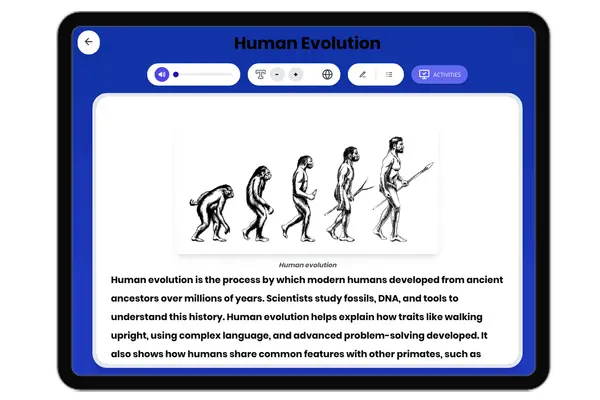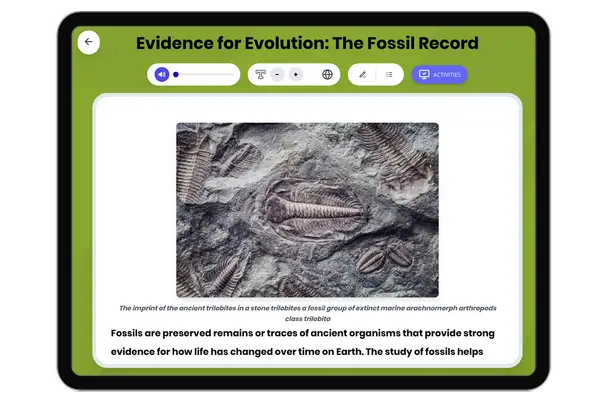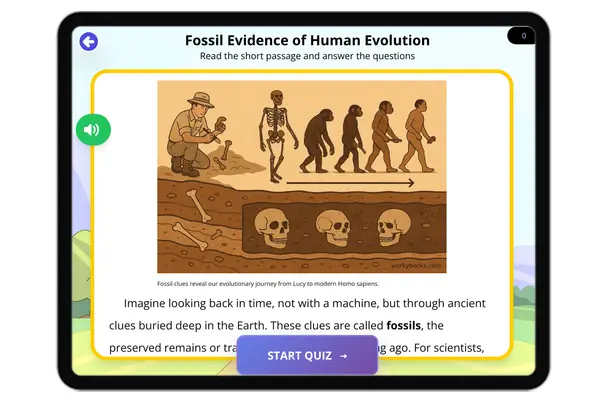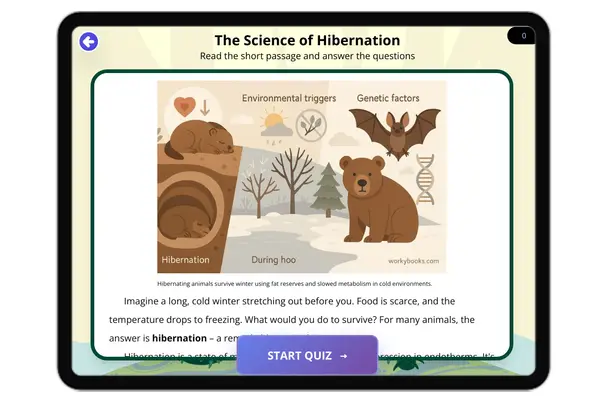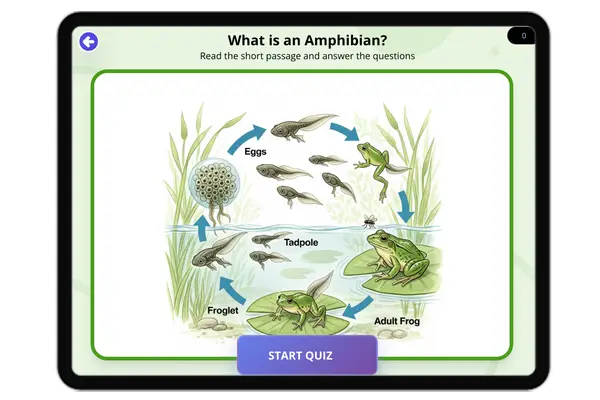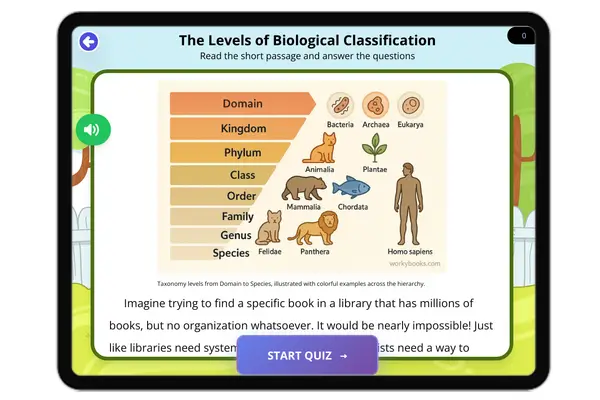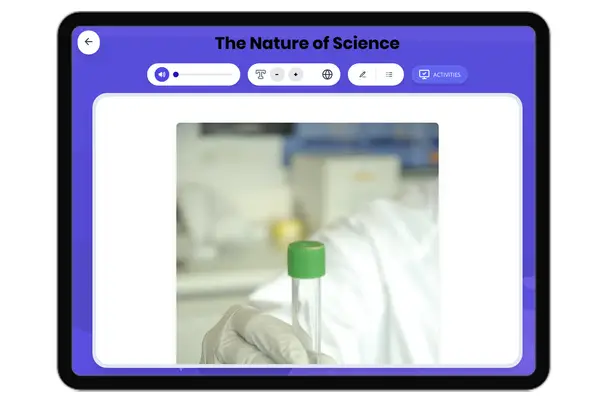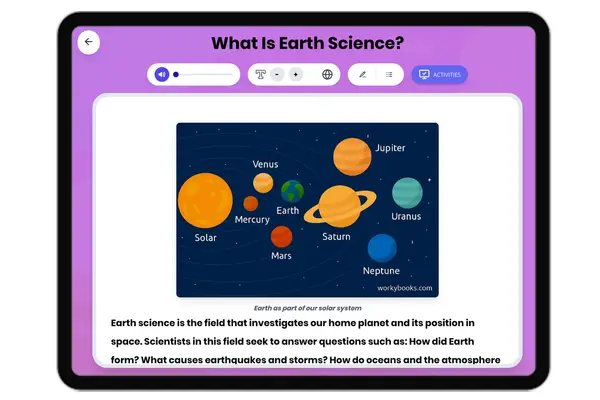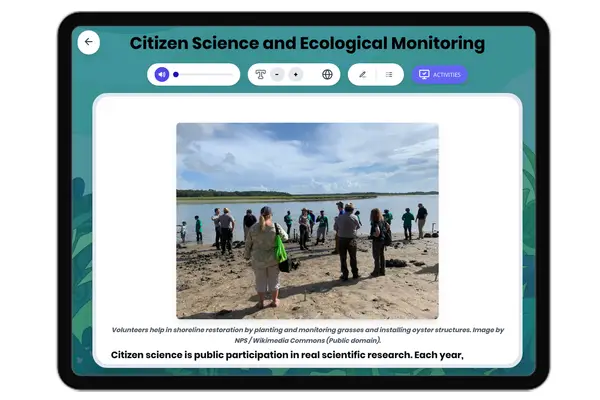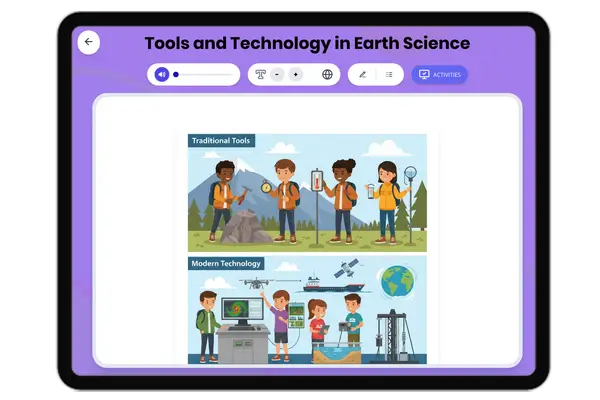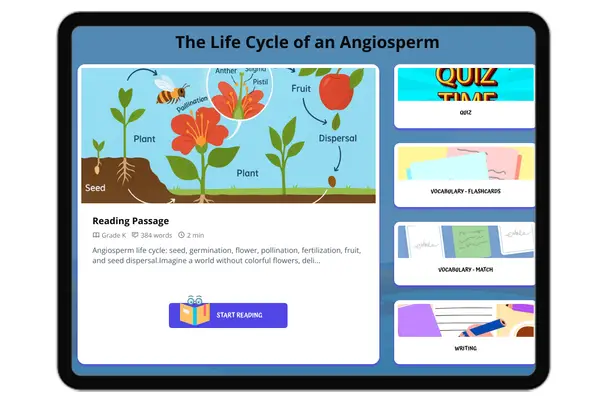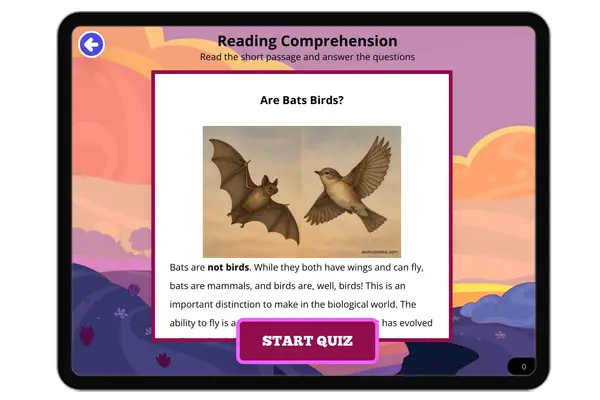Are Penguins Birds? — Reading Comprehension
Premium Resource
Grades
- 3
- 4
- 5
- 6
- 7
- 8
PRINT+DIGITAL RESOURCE
This learning resource is available in interactive and printable formats. The interactive worksheet can be played online and assigned to students. The Printable PDF version can be downloaded and printed for completion by hand.
About This Reader
This passage explores the fascinating question of whether penguins are birds, providing a clear and direct explanation for a middle school audience. It defines what makes an animal a bird—feathers, egg-laying, warm-bloodedness—and then elaborates on how penguins fit this classification despite their flightlessness. The content delves into key biological and physical adaptations, such as their dense bones and flipper-like wings, and explains how these features are crucial for their aquatic lifestyle. The passage also introduces and defines important scientific vocabulary like "countershading" and "evolution" through relatable examples, aligning with NGSS standards for life science and biological adaptation. The text is structured for self-study, offering a comprehensive overview of penguin biology and their unique place in the animal kingdom. The accompanying questions assess both factual recall and a deeper understanding of the concepts presented.
Perfect For:
👩🏫 Teachers
- • Reading comprehension practice
- • Auto-graded assessments
- • Literacy skill development
👨👩👧👦 Parents
- • Reading practice at home
- • Comprehension improvement
- • Educational reading time
🏠 Homeschoolers
- • Reading curriculum support
- • Independent reading practice
- • Progress monitoring
Reading Features:
📖
Reading Passage
Engaging fiction or nonfiction text
❓
Comprehension Quiz
Auto-graded questions
📊
Instant Feedback
Immediate results and scoring
📄
Printable Version
Download for offline reading
🔊
Read Aloud
Voice-over with word highlighting
